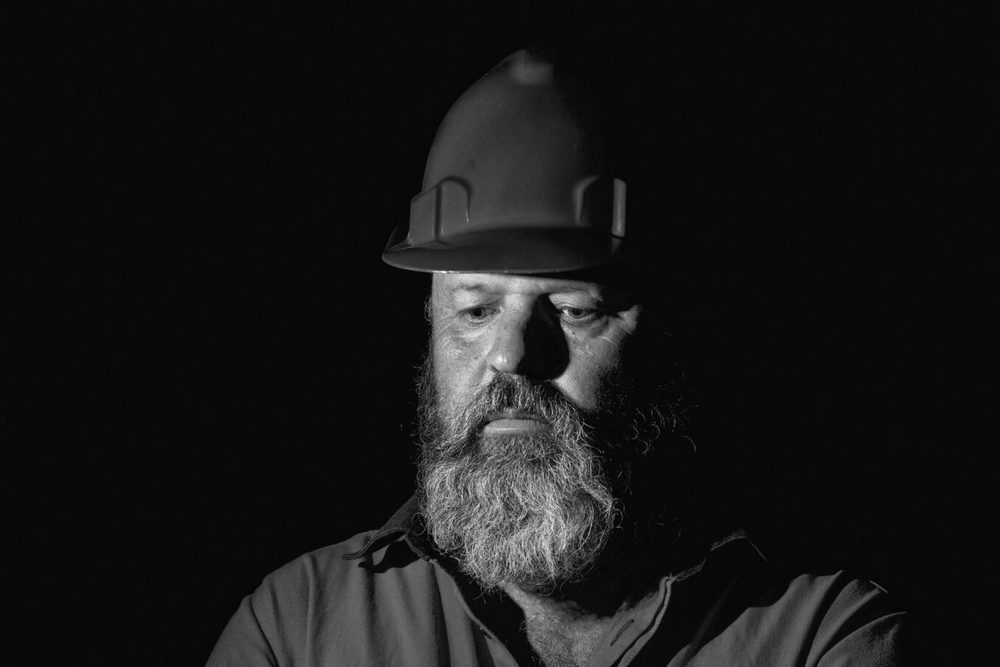
By Sean Clements
In June 2020, roughly 40% of American adults reported struggling with mental health – including 11% who seriously considered suicide. But in the construction industry, the statistics rank even higher, with 49 out of 100,000 men in construction dying of suicide, nearly twice the rate of men in other industries.
These figures don’t lie, but it is certainly a challenge to address them adequately. In an industry where sensitive issues like mental health and stress are simply swept under the rug, struggling workers feel helpless and hopeless – or just completely invisible. The stigma associated with admitting to the struggle can be debilitating as well.
Jobs don’t necessarily cause mental health issues, but a company’s culture can certainly exacerbate a problem. In the construction field, the everyday pressures are constant and varied, and include stressors such as uneven paychecks, the pressure to “do it right” the first time and chronic health conditions caused by physical labor.
Each of these stressors can intensify a mental health issue. When combined with an unsupportive, tight-lipped environment, it can actually be deadly.
Changing the culture
Moving to a more open, compassionate culture can be a challenge, especially if your business is older and more established. But a superintendent can take steps to change a company culture if it’s made a priority. Inappropriate comments and pressure to ignore a problem can be tolerated or penalized – and taking a strong stand on mental health issues can help push a culture into a more positive, supportive space.
It’s beneficial for everyone when mental health receives focused attention in the workplace, especially when proactive steps are taken to focus on suicide prevention. Superintendents who educate themselves on the topic are off to a great start. Then, share information in an authentic, meaningful way. It may be best to set up specialized small-group training specifically for this topic, or set up a session as part of your annual training meeting. If you don’t know the best way to present the information to employees, your company’s insurance provider may have additional resources for help locating appropriate resources and setting up a program.
The main goal of the training is most often teaching employees to recognize the signs of suicide risk, as well as some helpful techniques to support their coworkers. But the biggest benefits are not in the pamphlets or PowerPoint presentations employees come away with, but in the deep understanding that this information can actually save someone’s life.
Identifying the signs
Those at risk of mental health issues, including depression and suicide, often send out signs they need help. In fact, roughly 70% of those who die by suicide make direct or indirect statements that send a signal to someone paying attention. A superintendent aware of the signs and attuned to them can truly make a difference.
Even before that happens, openly discussing risk factors and warning signs raises awareness among employees across the business and opens up the topic for discussion, making it less taboo. There should be no expectation that a superintendent, boss or coworker can diagnose a colleague. It’s about identifying a concern and reaching out for support or guidance.
Some points of discussion should include:
Risk factors
- A family history of suicide or a history of trauma
- Suffering from a serious physical illness
- Having attempted suicide
- Financial or relationship pressures
- Lack of support networks
- Cultural stigma over mental health
Indicators of mental stress
- Weight and appetite changes
- Chronic headaches
- A tight chest
- Anxiety and indecision
- Loss of motivation
- Increased sensitivity
- Low self-esteem
- Increased smoking and drinking
- Withdrawal or aggression
- Reckless behaviors
- Difficulty concentrating
Providing support
Creating an inclusive, non-judgmental culture can go a long way toward providing real support for struggling employees. In addition, encouraging everyone – from management on down – to share personal stories of mental health struggles makes it easier for a struggling worker to look for help.
At the same time, an observant superintendent can take steps to make a real difference on the ground. Aside from opening up the conversation on mental health, superintendents can encourage struggling employees to take mental health days to relieve some of the pressure. They can seek the support of employees at all levels, to normalize it. They can also encourage a positive, supportive atmosphere in the workplace and initiate interactions with employees who are struggling.
It may be relevant to remind all employees of the employee assistance provider, which many employers already have in place. Although many employees may not be aware of it, an EAP provides a first line of defense when it comes to getting help. Superintendents should make sure employees know that EAPs offer mental health support and professional services, and task every employee – not just the struggling ones – to save the phone number in their cellphone contacts. Services are confidential and often available 24/7.
A crisis this severe requires employers to take active steps to combat the problem. No one should feel so helpless and hopeless that they give up completely. But providing support and resources can help employees take charge of their life and turn things around.
Sean Clements is senior vice president for commercial lines at Hub International.



 Join our thriving community of 70,000+ superintendents and trade professionals on LinkedIn!
Join our thriving community of 70,000+ superintendents and trade professionals on LinkedIn! Search our job board for your next opportunity, or post an opening within your company.
Search our job board for your next opportunity, or post an opening within your company. Subscribe to our monthly
Construction Superintendent eNewsletter and stay current.
Subscribe to our monthly
Construction Superintendent eNewsletter and stay current.